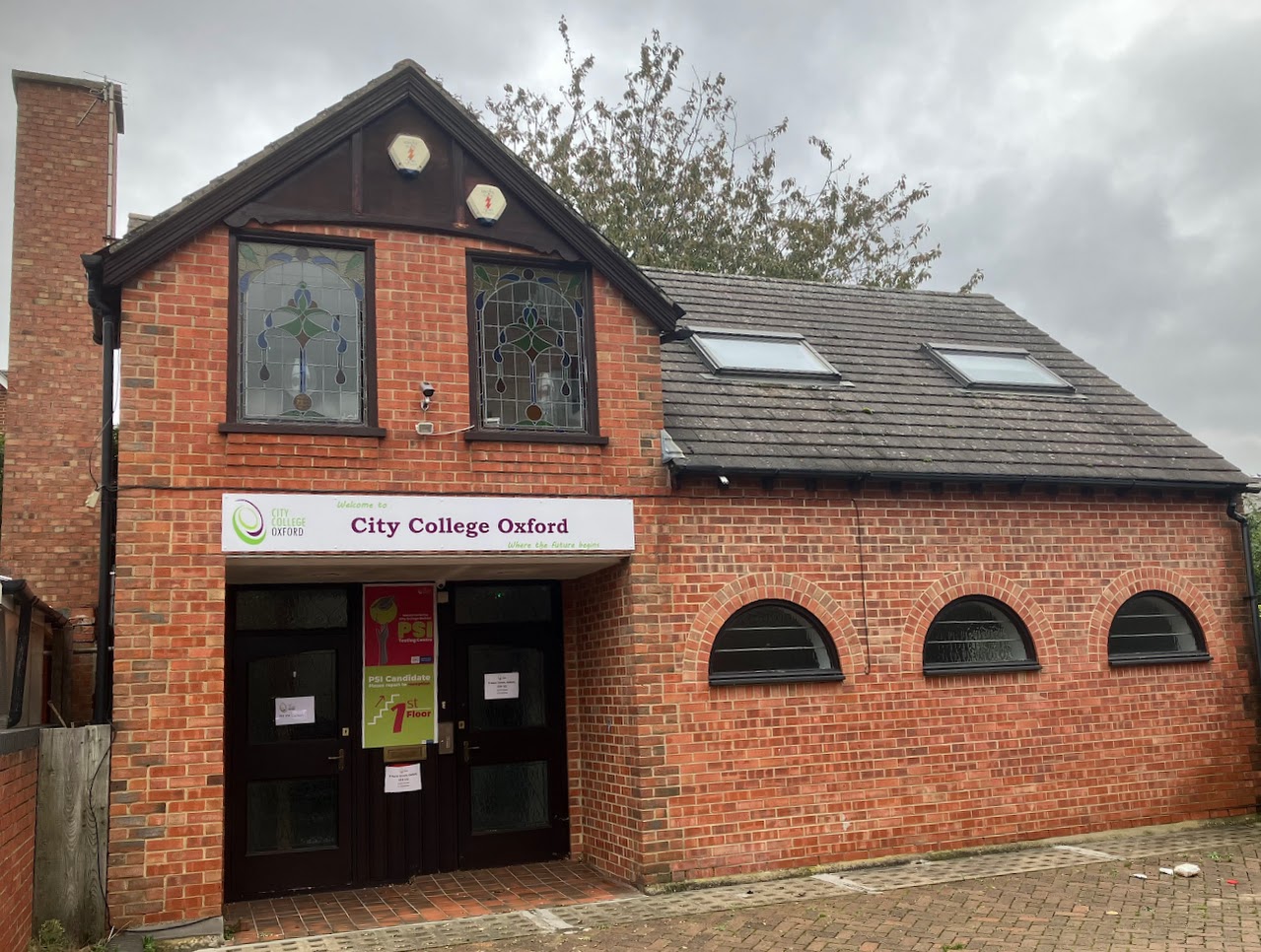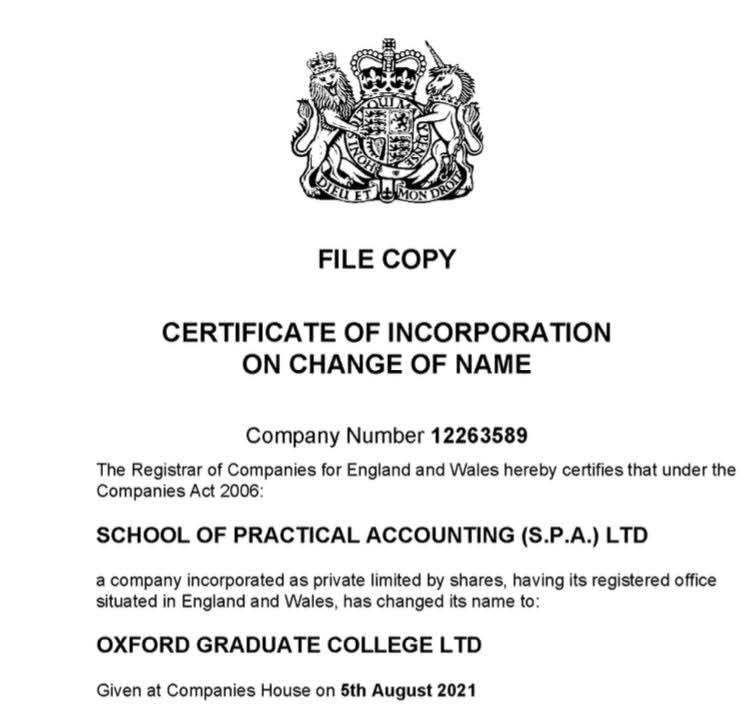Now we have seen the consultation on the proposed name change of the University of Bolton to the University of Greater Manchester, which has caused some comment. Here’s a version of my response to the OfS consultation. It is very similar to my response to the consultation on UCLAN’s proposed new name, as the main point applies. It doesn’t say you can’t self-plagiarise these things.
Precedent
The emergence of English universities in towns where they were based, cemented the form ‘The University of X’. The dominance of two universities in England reinforced this and the universities in Scotland also adopted this form.
From the middle of the 19th century regulatory preference was for federal examining universities which took a neutral name, not based on a town or city that might be seen to have precedence. When Owens College sought university title, there were objections both to a university just named after Manchester and a university united with a teaching college. The result was that the Victoria University followed in the pattern of the University of London and the Queens University (later the Royal University in Ireland) in being a federal examining university. Wales followed and there were plans for both Midlands and West of England universities. Joseph Chamberlain broke this model, insisting that Mason College should neither be a federal university not named after a region. The granting of a charter to the University of Birmingham created a crisis that destabilised the Victoria University and led to consideration by the Privy Council which created the naming precedent that holds today and which should be honoured today.
In 1902 it was agreed that the petitions of University College Liverpool and Owens College, Manchester, together with the counter-petitions of the Victoria University and the Yorkshire College among many other interested parties should be considered by a committee of the Privy Council. The committee was comprised of senior members of the Privy Council, including a previous prime minister Lord Roseberry. As well as the evidence submitted to it, there were hearings where witnesses were examined by the two ‘sides’ in the case of whether the federal examining university should continue or whether new, civic teaching universities should be allowed. R B Haldane was a keen supporter and would have presented the case for the civics if he hadn’t been promoted to the Privy Council himself. Haldane subsequently viewed the work of the committee as of the ‘first importance in the history of higher education’ (1929, p146).
The committee agreed to to the civic teaching university and the university of Liverpool and Manchester – Haldane noting ‘I had convinced myself that a Civic University was a possible institution, and that if called into being it would have a great molding influence and a high standard under the impulse of the local patriotism of the great cities where it was to be established’ (1929, p140). However, the issue of what would happen to the Yorkshire College was left to further discussions.
The Yorkshire College was based in Leeds and was the smallest and youngest of the members of the Victoria University. It argued for the continuation of a federal university, perhaps because it thought it might not get its own university title. However, there was another university college in Yorkshire, Firth in Sheffield, and the argument was that if it was to be a university for Yorkshire, then it couldn’t exclude Firth (or make it a junior partner). The argument went on, in not particularly good faith, for many months. The Privy Council archive has the files: we can see the frustration of the clerk and in the end Yorkshire College gets a firm note back:
I am directed to say further that Their Lordships do not, as at present informed, see their way to advise the grant of a Charter under the title of “the Victoria University of Yorkshire”
A FITZROY TO MESSRS GEDDEN, SON & HOLME 18 NOVEMBER 1903
The charter that they’d prepared was returned showing the Privy Council’s amendments – ‘Victoria’ and ‘Yorkshire’ are crossed out and ‘Leeds’ is written in. They established a principle: you can’t claim to be the university of a county, if that has other universities in it.

New Universities
This pattern is established. When Haldane opened the new buildings for University College Nottingham, there’s still a sense it might be the base of an East Midlands University and in Southampton the name of Wessex is mooted, when charters come they are for civic city names. The test comes with the completely new universities which are planted in greenfield sites as a result of active planning. Here the UGC accepts the arguments (and there was a lot of arguing at local level) for the universities of Sussex, Kent and Essex. The local level is important; often it’s the county council that is the driving force, so the town chosen is secondary. For example, Essex could have been at Chelmsford, but ends up near Colchester. There was no attempt to create a University of Lancashire; after discounting Blackpool as a possible site, one near Lancaster was available. We do have complications over counties: when the Lancaster name was chosen, Manchester and Liverpool were still in the county.
Newer Universities
The pattern was confirmed in 1992. When the Privy Council had to adjudicate on whether new names were confusing, there was a sense of which differentiator was acceptable – at that point the words ‘new’ or ‘city’ were not thought to be sufficient. This briefing note to John Major makes that clear.

We have seen acceptance of those words since then, particularly with Buckinghamshire New University being seen to be sufficiently different to the University of Buckingham.
County
The only example I can find is the short-lived University of Humberside in a current county with an existing university. In this case, the Hull College of HE successively became Humberside College of HE (1983), Humberside Polytechnic (1991) before taking the county name in 1992. Neither the county or the university have that name anymore, I imagine Hull did not protest when it took it on. Middlesex became a university twenty seven years after the county ceased to exist. Similarly, Bristol hadn’t been a part of Gloucestershire for twenty seven years when the university took the county’s name. Greater Manchester remains the ceremonial county and has been the combined authority since 2011.
Greater
We have an established precedent about using a city name with a differentiator, but clearly here we have a different proposition. The old metropolitan county, now the combined authority, has drawn on the English use of ‘greater’ to mean wider. But obviously greater also means better. We understand the context that the Greater Manchester Combined Authority doesn’t sound better than the Manchester City Council. But we know the confusion is immediate in thinking the Greater Manchester University is better than Manchester University. People outside the UK will be far less familiar with the use of ‘greater’ in geographical terms. I want to argue that we stay with the precedent of 1903. Where there are universities existing in a county, a new name should not be approved which is the county name, especially when that implies preeminence.
















